Parallel infection of Japanese encephalitis virus and Wolbachia within cells of mosquito salivary glands.
Autor(es): Tsai Kun-Hsien; Huang Chin-Gi; Wu Wen-Jer; Chuang Chin-Kai; Lin Chiu-Chun; Chen Wei-June
Resumo: The endosymbiont Wolbachia usually causes cytoplasmic incompatibility in dipteran hosts, including mosquitoes. However, some important arbovirus-transmitting mosquitoes such as Aedes aegypti (L.) are not heritably infected by Wolbachia. In Wolbachia-harboring mosquito Armigeres subalbatus Coquillett, colocalization of Wolbachia and inoculated Japanese encephalitis virus (family Flaviviridae, genus Flavivirus, JEV) in salivary gland (SG) cells was shown by electron microscopy. The infection rate of JEV in SGs, detected with either immunofluorescent antibody test or reverse transcription-polymerase chain reaction, did not show significant differences between Wolbachia-infected and -free colonies. It is suggested that Wolbachia did not mediate resistance of SG cells to superinfection by JEV, although both microorgamisms coexist in the same niche, i.e., the same SG cell. Therefore, a SG escape barrier may not be elevated due to Wolbachia infection, which presumably has no deleterious effects on vector competence in Wolbachia-harboring mosquitoes.
Palavras-Chave: Armigeres subalbatus; Japanese encephalitis virus; Parallel infection; Wolbachia
Imprenta: Journal of Medical Entomology, v. 43, n. 4, p. 752-756, 2006
Identificador do objeto digital: 10.1093/jmedent/43.4.752
Descritores: Aedes aegypti - Arbovirus ; Aedes aegypti - Cell ; Aedes aegypti - DNA ; Aedes aegypti - Flaviviridae ; Aedes aegypti - Pathogenesis ; Aedes aegypti - RT-PCR ; Aedes aegypti - virus ; Aedes aegypti - Public health
Data de publicação: 2006








